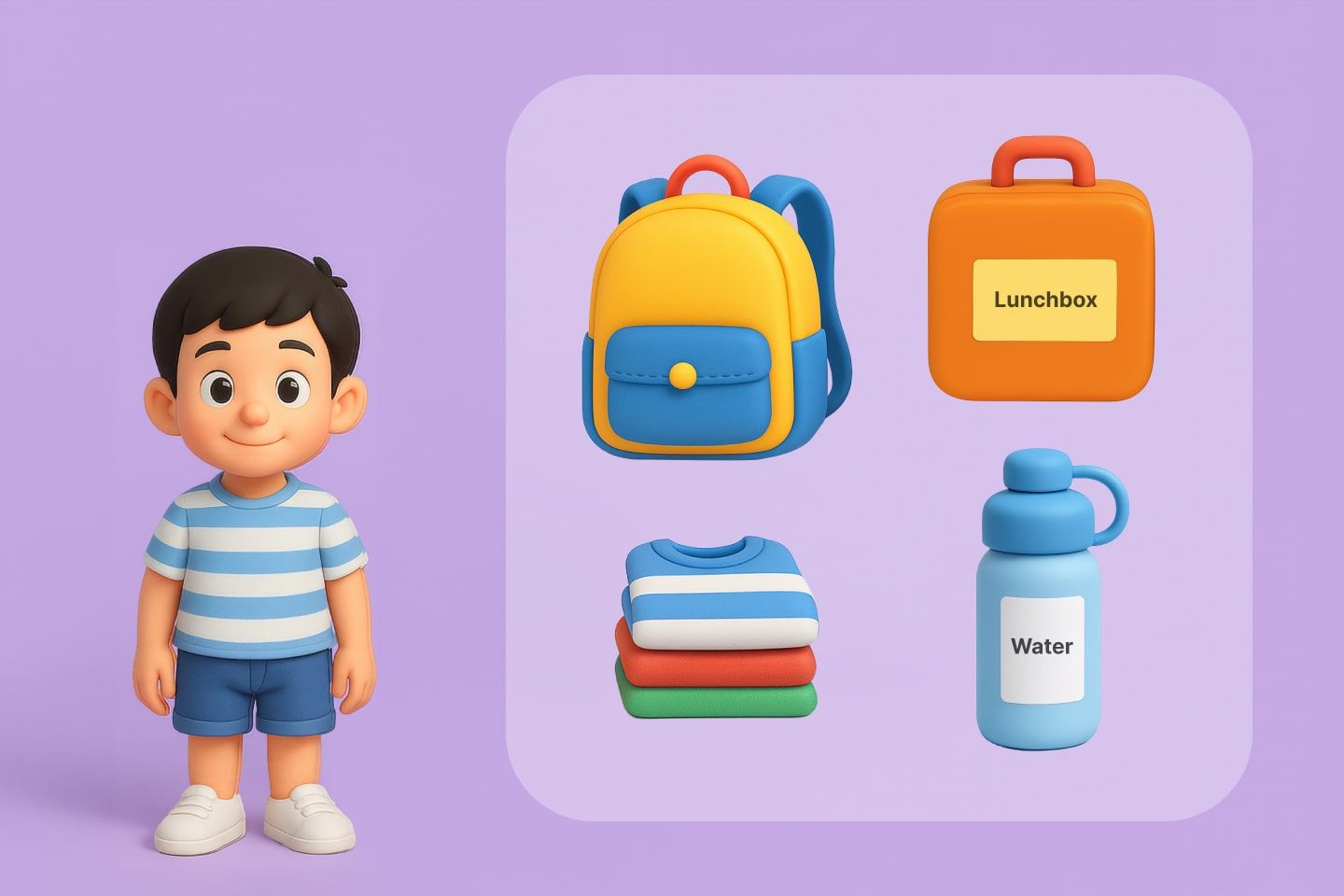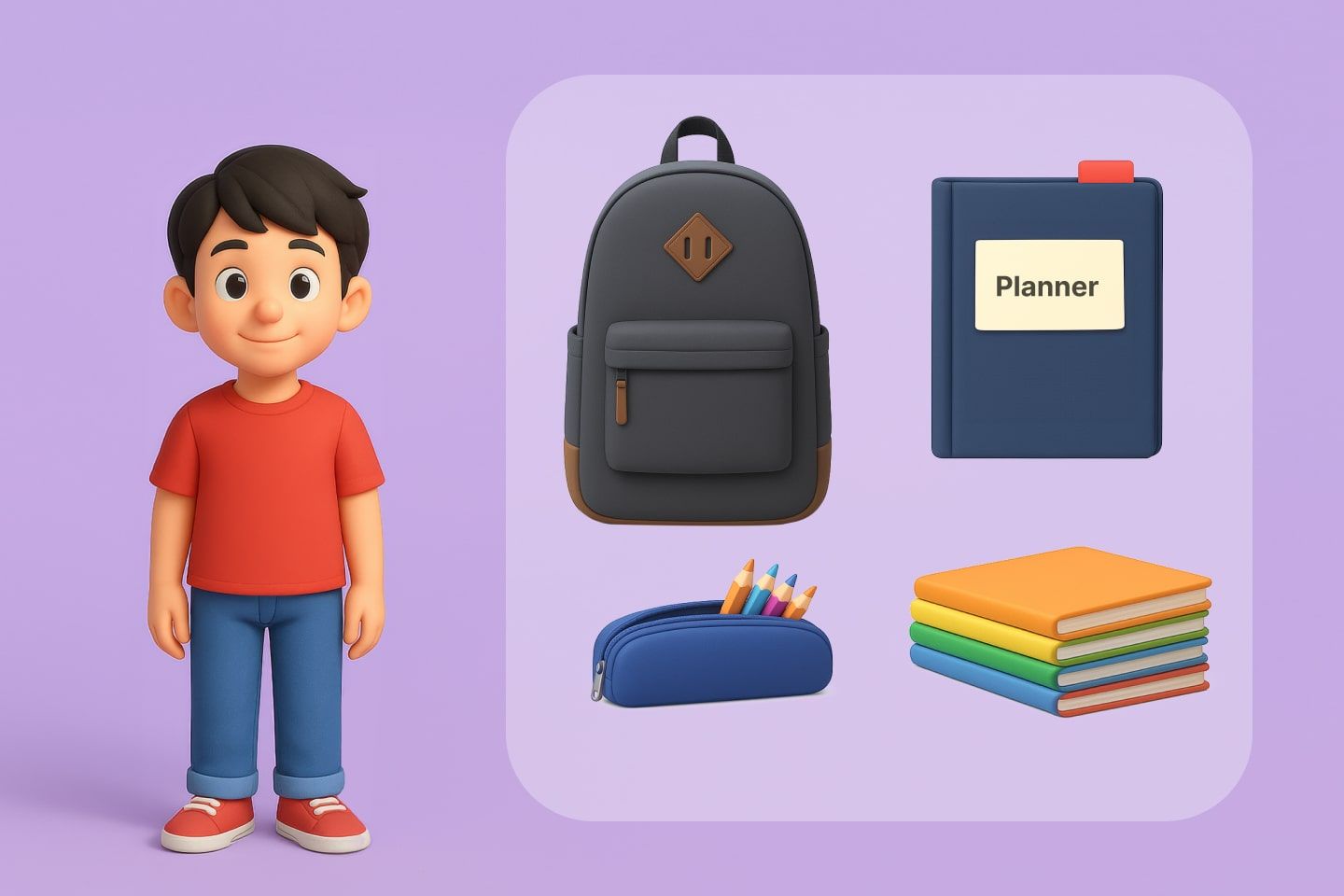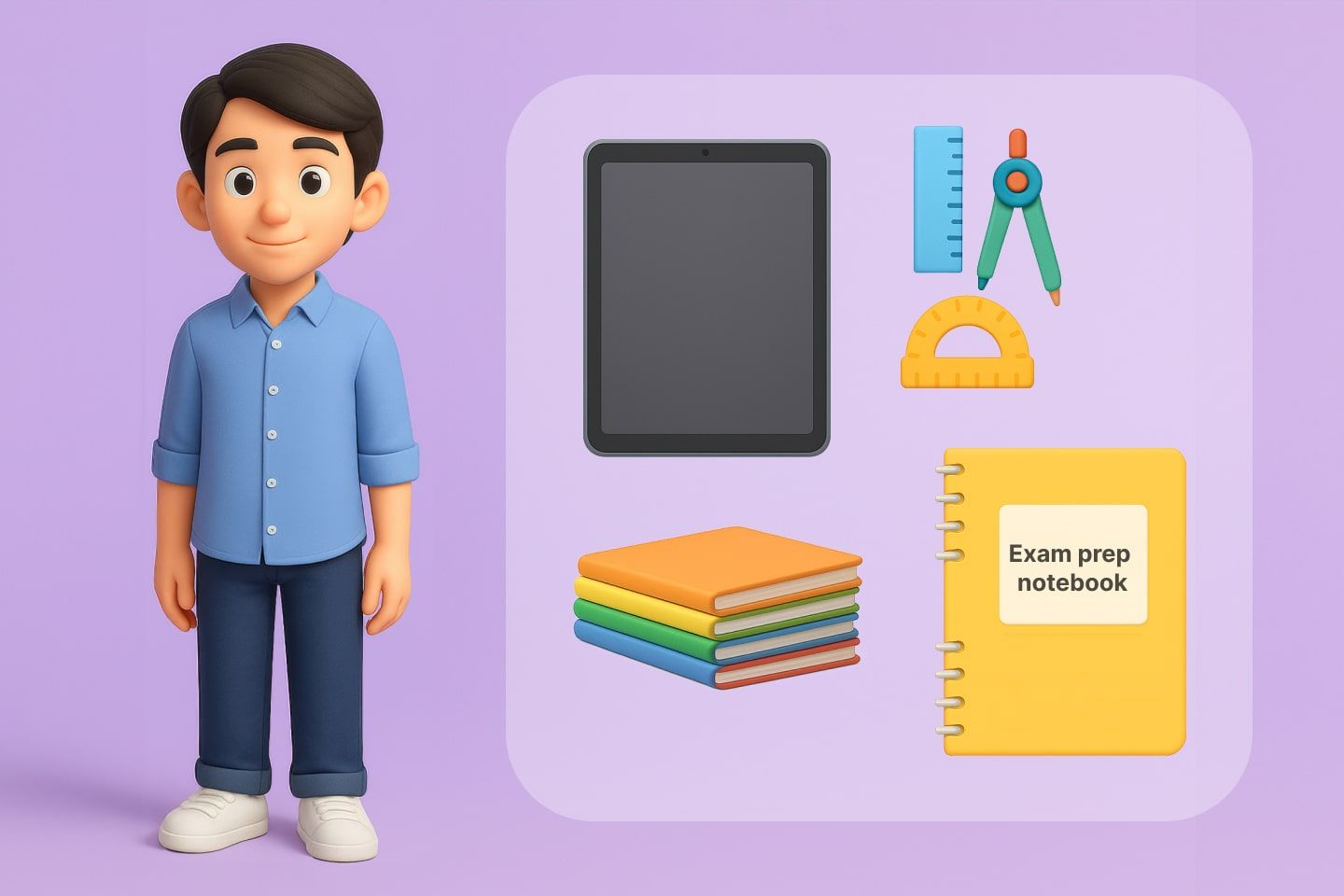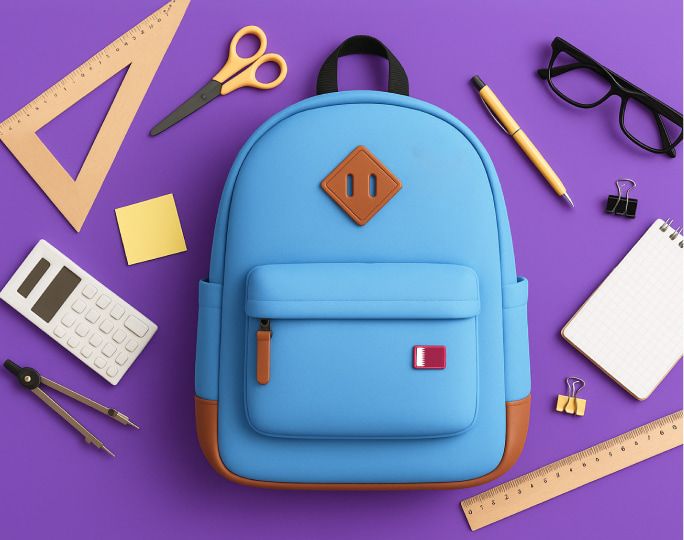Contents
As summer winds down and school gates prepare to reopen on the 31st of August, families across Qatar begin the familiar ritual of getting ready for a new academic year. Whether it’s your child’s first day of kindergarten or they’re studying for final exams in high school, a little preparation goes a long way.
Back to school in Doha involves more than just buying notebooks; it also includes setting up routines, organizing supplies, and ensuring emotional readiness.
Step 1: Research school requirements
Each school in Qatar will probably have specific back-to-school lists, dress codes, or health requirements. Start by reviewing the official school communication (usually sent via email) to know exactly what you need to start your back-to-school journey, and confirm the start date, timings, and your child’s daily schedule. Then, check for uniform policies and whether there are any mandatory supplies and books you need to purchase before the first day.
If your child is just starting, confirm whether a school ID or photo is needed and ensure vaccination and health records are up to date.
Step 2: Buy school supplies
Kindergarten

-
Small backpack or school bag (stores Mumzworld and Early Learning Centre offer options sized for toddlers)
-
Lunchbox with easy-to-open containers
-
Labelled water bottle
-
Change of clothes (in case of accidents)
-
Labelled supplies (crayons, glue sticks, safety scissors)
-
Tissues and hand sanitizer
-
Small blanket for nap time (if applicable)
Grades 1–6

-
Sturdy backpack (stores like Jarir Bookstore offer age-appropriate designs)
-
Water bottle and lunchbox
-
Pencil case with pens, pencils, sharpeners, erasers, and rulers
-
Notebooks and folders for each subject
-
Basic calculator
-
Homework planner or diary
Grades 7–12

-
Notebooks and organizational tools (folders, binders, etc.)
-
Geometry set (protractor, compass, ruler) and a scientific calculator
-
Personal stationery (blue/black pens, highlighters, etc.)
-
Exam prep guides
-
Personal planner
-
Laptop or tablet (if school supports digital learning)
-
USB or external drive for digital files
Step 3: Organize transportation
Whether your child will be taking the bus or you’ll be handling school drop-offs and pick-ups yourself, it’s essential to have a clear plan in place before the first day.
For instance, register for school bus service, if available, and confirm pick-up times and routes. If you’re picking your child up, double-check drop-off and pick-up gates and times for their grade level. On the other hand, in case you’re using company drivers, taxis, or ride apps (like Karwa or Uber), review routines and safety expectations. For children who walk or bike to school, it’s wise to practice the route together to ensure their safety. Lastly, share or update emergency contact details with the school, just in case.
Step 4: Establish a daily routine
Getting back on a schedule helps ease the back-to-school transition, especially after a long break. That’s why it’s a good idea to develop an early routine to help your child adjust before the first day arrives.
For instance, for younger children, start practicing sleep and wake-up times 1–2 weeks prior to school starting, and for other ages, reinforce bedtime routines and screen-free time before bed. You should also remind them of morning responsibilities such as getting dressed, brushing their teeth, and packing a school bag.
Moreover, encourage the use of planners to track homework, to ensure they never forget their assignments. Build in time for sports or hobbies and, for older students, make sure their schedule includes rest times to take the pressure off.
Step 5: Don’t forget about academic support
Although most of the learning happens at school, establishing an academic routine before the year begins can set your child up for success. Here’s how to get started, depending on your child’s age group.
Kindergarten
-
Read together daily to build language skills
-
Practice fine motor skills (coloring, cutting, simple puzzles)
-
Talk positively about school to ease anxiety
Grades 1–6
-
Revise previous years’ basic concepts through fun games or worksheets
-
Engage in learning-based activities (museums, science kits)
-
Introduce a light study plan to ease them into learning
Grades 7–12
-
Create a study timetable for challenging subjects
-
Start reviewing exam formats and past papers (if applicable)
-
For older students, explore extracurriculars that align with university or career goals
Step 6: Be there for your kid
With all the lists and preps, it’s easy to get carried away and forget that your child needs a lot of emotional support during these changes in their lives. If your kid’s starting kindergarten, try visiting the school with them before the first day to avoid panic and discuss expectations in simple, positive terms. You should also find some picture books about starting school that would help them better understand this transition.
In case your child is starting grades one to six, ask what they’re excited or nervous about and encourage them to talk about friends and routines. Reassure them with stories of your own school days, and let them choose their supplies to feel involved.
For older kids, try addressing changes in social dynamics, peer pressure, exams, and academic stress. Furthermore, encourage joining clubs or teams to make new friends and help them with goal setting to maintain a balance between work and rest.
Bonus tips for smooth start
First of all, label everything, especially for younger children — water bottles, clothes, lunch boxes, etc. Also, keep an extra set of stationery and uniforms at home, in case your kid loses or damages them at school.
You should also try to involve your child in this process as much as possible. Let them pick out their own water bottle, lunchbox, or planner. This builds excitement and independence.
Your kid may get overwhelmed during their first day of school. Therefore, check whether there are any parent WhatsApp groups, school newsletters, and orientations you can join to ease the pressure and ensure they’re prepared for their new challenge.








